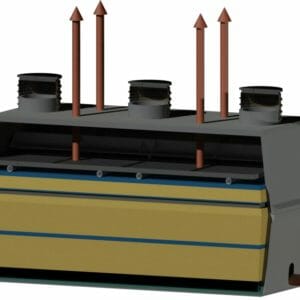E – 1668 Mechanical Design of Overhead Lines
$125.00
Courses Included
Electric power can be transferred either by underground cables or overhead lines. The underground cables are not commonly used for power transmission due to two main reasons. Firstly, power is transferred over long distances to load centres. Apparently, the installation costs for underground transmission will be big. Secondly, electric power needs to be transferred at high voltages for economic reasons. It is very challenging to achieve adequate insulation to the cables to withstand such higher pressures. Hence, as a rule, power transfer over long distances is accomplished by using overhead lines. With the increase in power demand and consequent rise in voltage levels, power transmission by overhead lines has assumed considerable importance.
However, an overhead line is subjected to various weather conditions and other external interferences. This asks for the use of adequate mechanical safety factors in order to ensure the continuity of line operation. Typically, the strength of the line needs to be such so it can withstand the worst probable weather conditions. This course focuses on the different aspects of mechanical design of overhead lines.
This course is suitable for engineers with a desire to understand basic elements of the overhead line, its design principles, calculation methods and factors that affect overall current carrying capacity. Upon successful completion engineers will be able to address important overhead line design considerations and independently complete different calculations.






